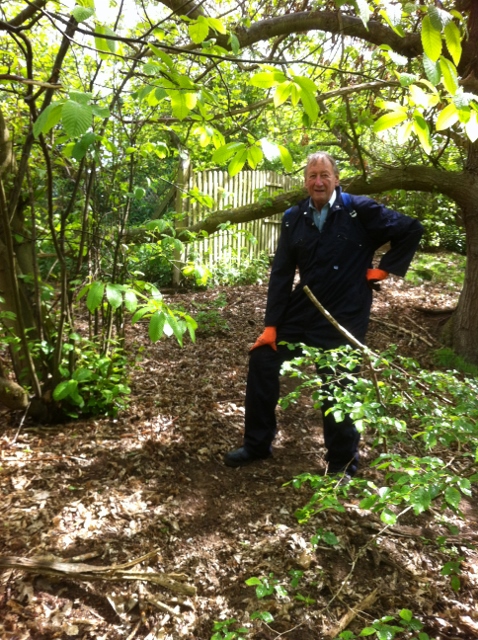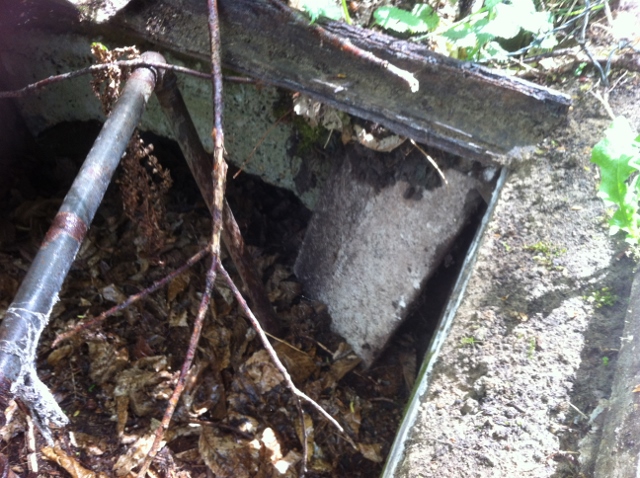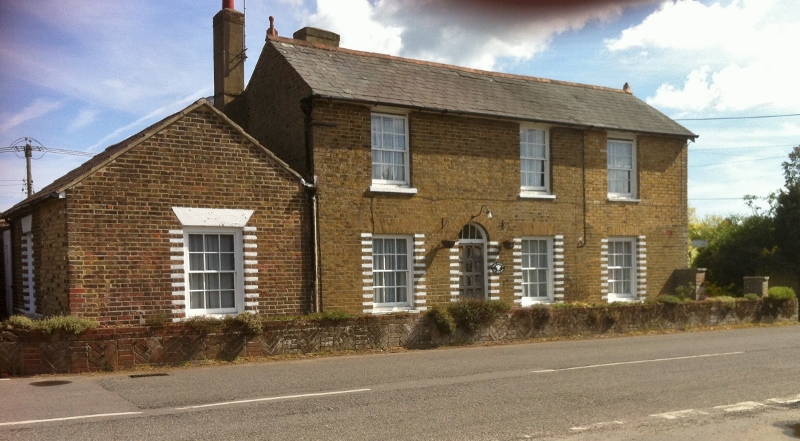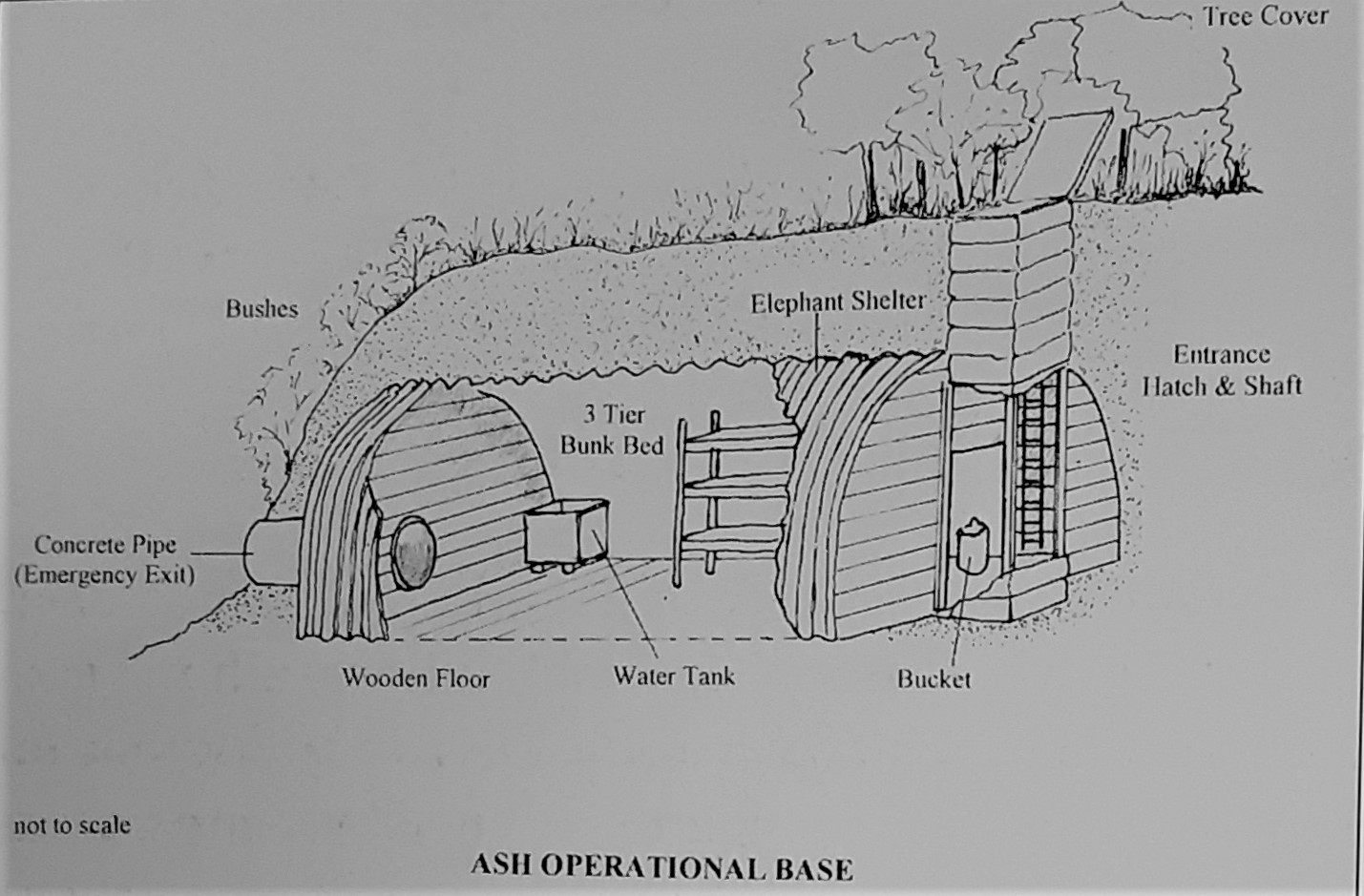Ash is a village about three miles west of Sandwich.
| Name | Occupation | Posted from | Until |
|---|---|---|---|
| Sergeant Frederick Thomas Foat | Assistant farm manager |
17 Jun 1940 | 03 Dec 1944 |
| Private Arthur William Hastings Benbow | Dairy farmer & hop grower |
27 Jun 1940 | 03 Dec 1944 |
| Private Robert Stewart Chandler | Farmer |
29 Jun 1940 | 03 Dec 1944 |
| Private John Stewart Dunn | 27 Jun 1940 | 04 Feb 1943 | |
| Private John Alfred Hunt | Farm labourer |
10 Jun 1940 | 03 Dec 1944 |
| Private Herbert George Philpott | General labourer |
29 Jul 1941 | 03 Dec 1944 |
| Private Hugh Lionel Swinford | Builders merchant assistant |
22 Jun 1940 | 03 Dec 1944 |
The first OB was built in a sand pit at Coombe, near Ringleton Manor by the Tunnelling Company. It was very damp and soon collapsed. Philpott helped to build the OB, using his horse and cart to carry the materials.
The second OB was an underground elephant shelter near Ringleton Park. It had concrete pipes with sand on the bottom so the men could crawl along them. The entrances were disguised using nets stuffed with grass and opened by using wires. The Patrol did not spend much time in it as there was no ventilation.
A letter sent to Captain Gardener dated 12 April 1943 describes Marrow OB; "The Patrol chose a new site and built a magnificent new OB of large and small steel shelters and brickwork. It represents 6 months of hard work and a great credit to them. It has a novel type of entrance."
A visit in 2017 by John Hewett and Jim Gascoyne found the entry shaft open, the slab had been moved aside and it was almost full of leaves. John recalled that in the 1980s the children of the then owner used to play in the OB.
Ash Patrol
Robert Chandler; "We used to meet at the Prince of Wales pub along Drainless Road. I remember Captain McNicholl wore a kilt.
At the Garth you sometimes saw people you recognised, but you never asked questions. The Lovat Scouts taught us field craft. I really enjoyed the training, especially shooting from the hip at targets in the woods and fields. We kept training until Stand Down in 1944.
The training at Coleshill was very interesting. I remember a Russian who taught us how to use a knife. There was also a model OB with a log trap door that was opened by a piece of string. We blew up loads of trees.
During training we would often attack the railway guns at Poulton. We were a bloody nuisance. We’d go under the barbed wire on our backs and ease our way through the defences. It stopped the Regulars going down the pub. We used to attack Regular Army units and chalk the vehicles where explosives could have been placed.
Although we were told not cross the River Stour we did conduct joint training operations with another group, under John and Robert Montgomery, from Thorne Farm, Thanet, at Smith’s Chalk Pit, Gore Street.
Cecil Lines, from the Denton Patrol, gave us scrap cars to blow up; flying wheels everywhere. We never knew where they would land.
I would get a call at night, either a knock or via the telephone, to say there was a Patrol on. I would then make my way across country to the OB. This way you learnt to move at night and the lie of the land. One night Arthur Benbow and I were in someone’s front garden in Wingham when this old dear opens the window, sees us and shouts out what the bloody hell is going on down there? Benbow tells the old girl to bugger off and get back to bed. Family and friends thought we were just in the Home Guard."
Robert Chandler recalled; “We each had a knife and a .38 Smith & Wesson revolver. The Sten gun was good for shooting up rooks’ nests, while the Thompson was very heavy and hard to control. The .22 Winchester repeater rifle with scope and silencer was good for small game such as rabbits for food. I don’t know if we would have been much use, but we might have done a bit off damage. Plastic Explosives was so simple to use and gun cotton was great fun. We made up 4oz sausages of the stuff and carried them around our waist; the detonators were carried separately. A 1lb cocoa tin with some PE domed out would blow a hole in the side of a tank. I could not believe the effect. We were never given the theory behind explosives, just the practical."
In 1944 they were asked if they would be prepared to drop into France. No details were given. All volunteered to a man, but nothing happened.
Wally Gibson, the landlord of the Falstaff Tap in Canterbury, held a reunion after the war.
TNA ref WO199/3391 and WO199/3390
Hancock data held at B.R.A
Adrian Westwood's research and interview with Auxilier Robert Chandler
Phil Evans, John Hewett & Jim Gascoyne
Norman Bonney for Captain Gardener's Papers
The Invasion that never was by Douglas Welby



